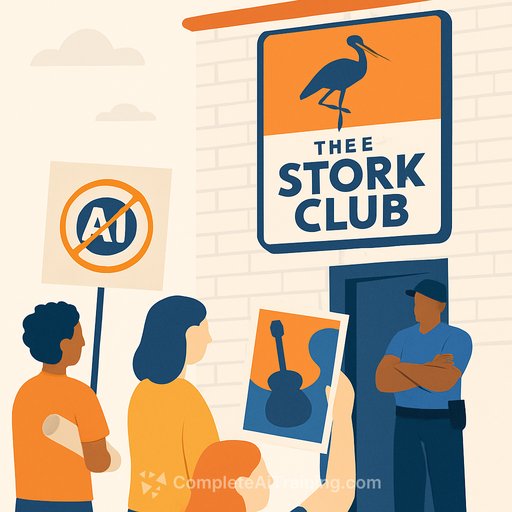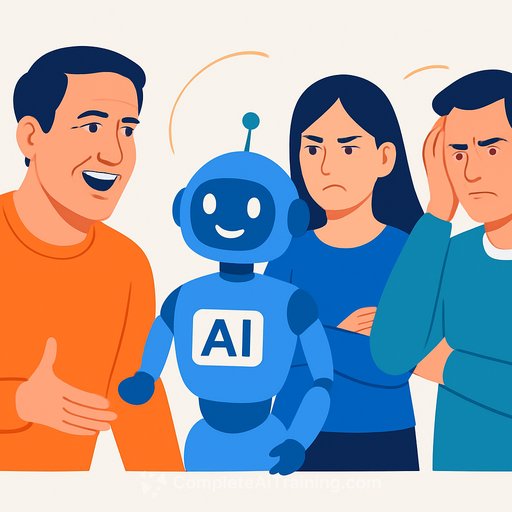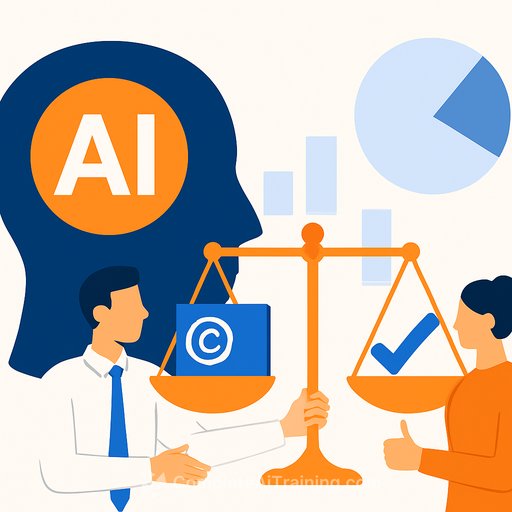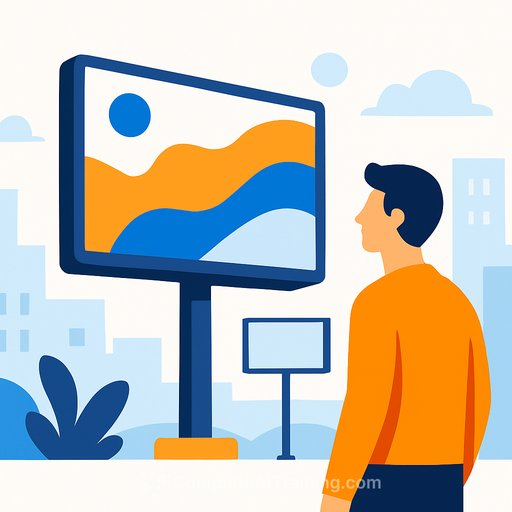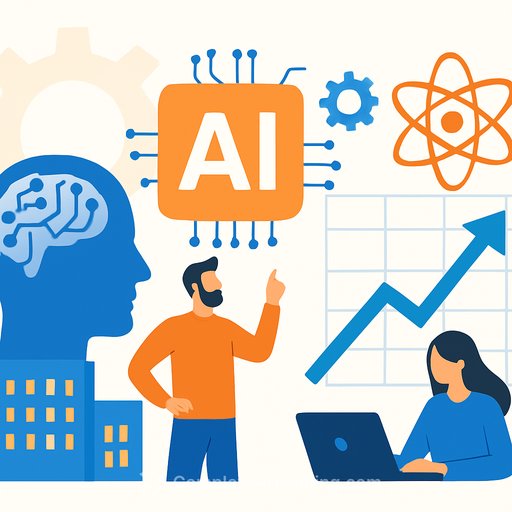Oakland venue draws a line on AI flyers - and opens doors for human artists
Bay Area visual artist Pemex has a clear stance on AI-generated art: it's not inspiration, it's appropriation. If a model spits out a "painting," it's built on the backs of countless human works that likely weren't cleared or credited. For artists whose style comes from lived experience, that feels like theft.
Pemex built his name through graffiti, murals, and oil paintings. Early on, he designed show flyers-band list, date, location-and created a scene that matched the music. In venues, those flyers are culture, not throwaways.
The telltale signs of AI flyers
At Thee Stork Club in Oakland, owner Billy Joe Agan started noticing posters that didn't look right. Promoters were submitting materials with visual glitches no human would leave in a final draft.
- Inconsistent or distorted hands
- Teeth that look fused or uniform
- Hair that blends into shapes unnaturally
- Background textures that repeat or match the character's skin or clothing
Some were made with cheaper tools, which made the flaws obvious. The bigger issue: artists weren't getting hired at all.
The policy and the fix
Agan banned AI-made promotional art for the club. Then he went further-he pre-negotiated rates with artists nationwide so bands can hire a human illustrator for as little as $50, a fraction of the usual cost.
More than 100 artists are now in the pool. Bands, managers, and promoters can get involved or be considered by emailing their details to theestorkclub@gmail.com.
Why this matters to working creatives
This isn't nostalgia-it's consent and compensation. Training data often includes artists' work pulled without permission, which raises ethical and legal concerns. For context, see current guidance from the U.S. Copyright Office on AI.
If you want to check whether your images appear in popular training sets, tools like Have I Been Trained can help you audit exposure. Knowing where your work shows up is the first step in setting boundaries.
If you run a venue or manage bands
- Set an AI-free policy for promotional art, and state it in your booking materials.
- Offer a vetted roster of illustrators at pre-negotiated rates (like Thee Stork Club's model).
- Budget a fixed minimum for artwork on every show-treat it like backline or sound.
- Use a quick visual checklist to spot AI artifacts before approving flyers.
- Credit the artist on all posts and assets, and pay within seven days of delivery.
For artists: get involved or replicate the model locally
- Email your portfolio and a one-sheet with your rate, turnaround, and style focus to venues you admire. Start with theestorkclub@gmail.com.
- Offer a simple "promo poster" package at an entry rate, with clear rights and usage terms.
- Create a fast intake form: band name, date, venue, vibe, color palette, must-include info.
- Pitch this program to promoters and independent labels-make it easy for them to say yes.
Agan's move shows a clear path forward: set standards, lower the friction to hire artists, and keep the culture human. The work pays off for everyone-bands get better posters, venues reinforce their brand, and artists get paid for their craft.
Your membership also unlocks:

